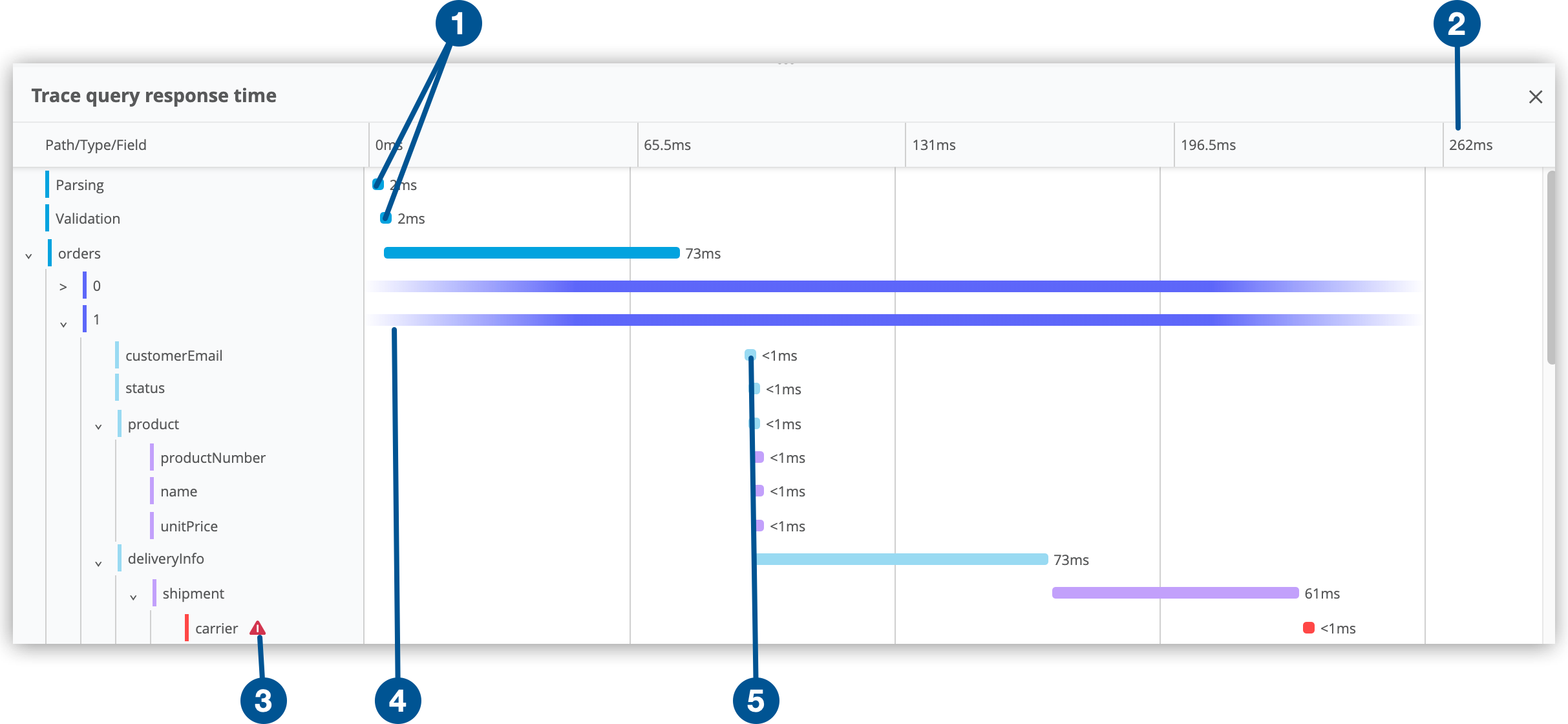
APIs with complex data transformations will still need to be developed to meet business demands. It works in conjunction with Process and System APIs, reducing the need to create an API to just aggregate data. Reduce the development and maintenance of multiple APIs for querying data using Anypoint Datagraph.ĭataGraph is not intended to replace the API-Led standard. Then, this validated query is then run by the server, which returns data in JSON format to the consumer. Once the query is submitted, GraphQL validates it against the data schema. The data schema describes all fields available for query. In GraphQL, a query must be created following a data schema to the server. The vast majority of programming languages support this standard.


In 2015, Facebook open-sourced the query language, which is now managed by the GraphQL Foundation. As the endpoint doesn’t change, GraphQL only returns data that is explicitly requested. Features and services can evolve without major impact to the consumers.The server is responsible for aggregating the data, not the consumer.The consumer makes a request to a single endpoint, sending which fields it needs, and receives in response exactly what was requested.The main features of GraphQL, in contrast to the REST APIs, are: Therefore, the query language was created to overcome some problems that exist in the standard REST APIs.
#Anypoint datagraph android
Due to the increased use of cell phones to surf the Internet, the Android and iOS apps of the company created by Mark Zuckerberg have become more complex and, consequently, suffered from poor performance in loading data. The motivation for creating GraphQL came in mid-2012 as an internal Facebook project. Each service is built on existing data and code, which can be written in any language – the specification ensures that the APIs work predictably for those who consume them. This language is not tied to any specific database or storage mechanism. In addition, GraphQL is a server-oriented runtime environment that executes queries based on data types defined or generated by the developer. Through its intuitive and flexible syntax to describe requests, it is possible to create an interface to quickly query data from different sources, through a single API call. GraphQL is a query and data manipulation language for APIs. Thus, consumers can get the specific information by calling one GraphQL endpoint. Anypoint DataGraph allows to compose a data service by unifying data from multiple APIs in a single request, without writing new code.


 0 kommentar(er)
0 kommentar(er)
